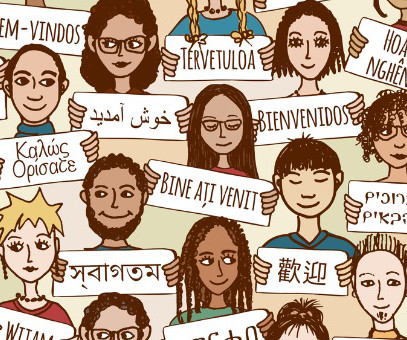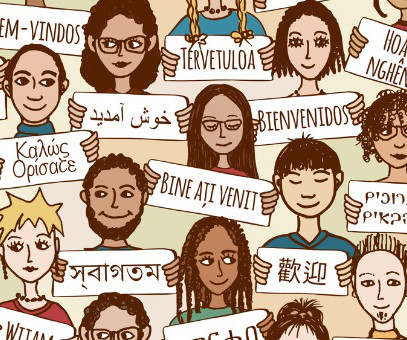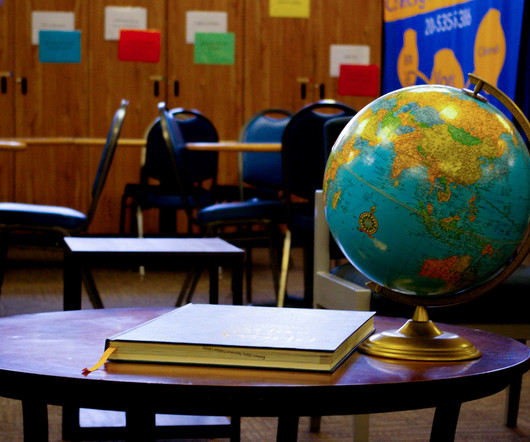Designing Empathy-Based Professional Development That Teachers Will Use
Edsurge
AUGUST 12, 2019
Creating space for educator autonomy celebrates different learning styles rather than forcing professional learning into a rigid mold. Time-bound learning experiences should have multiple entry points and provide a variety of ways to engage and learn, including synchronous and asynchronous activities.













Let's personalize your content